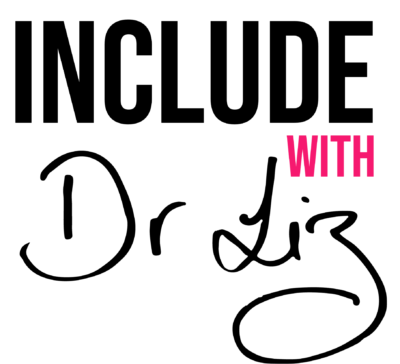
Intersectionality finally acknowledges that labels are not enough. Each of us is made up of more than a single identity, and we all experience the world differently.
For years, we have promoted diversity, equity, and inclusion (DEI), but only recently have we examined it through the lens of intersectionality. In a workplace rife with buzzwords, you may ask whether we really need another. The answer is a resounding “yes!”
Intersectionality finally acknowledges that labels are not enough. Each of us is made up of more than a single identity, and we all experience the world differently.
How Labels Interfere with Intersectionality
Traditionally, organizations have approached inclusivity by focusing on singular identities such as gender, race, LGBTQIA+, or disability. These labels create the illusion of simplicity. A single-pronged approach feels tidy and manageable.As a result, today’s legislation and compliance measures are driven by labels. Typically, we boil our DEI efforts down to the labels we find most relevant, focusing on more prominent ones such as gender or ethnicity. Yet, all the while, we still know the range of inequity is far broader.
This fractured approach to inclusion leads organizations to prioritize their “favorite” underrepresented groups. In one business, gender surfaces thanks to a sudden turnover of women in senior leadership roles; in another, legislation shifts attention to individuals with disabilities; and in a third, passionate employees draw attention to LGBTQIA+ concerns.
The problem with this label-driven approach to inclusion is its exclusivity. Instead of including everyone, the approach focuses on a few and excludes the rest.
Focusing on one or two labels is unproductive, but focusing on every label is impossible. Creating inclusion for everyone in your organization based on every possible label amounts to an unmanageable workload. Our fixation with labels is the reason we are still miles away from achieving inclusion and equity.
How a Workplace Can Begin to Look at Inclusion through the Lens of Intersectionality
Intersectionality meets resistance because it appears messy. Still, diversity cannot be addressed through any other means. This is because a label cannot adequately address the inclusion needs of any one person.For example, a gender-focused intervention to increase the representation of women in the workforce falls short when addressing any individual woman. It will not account for the lived experience of a woman who is also part of an underrepresented ethnic minority, has a physical disability, is a veteran, is gay, or any combination of these and other possibilities.
Label-driven intervention does not address the inclusion of the whole person, only one small element of the person. This, by definition, is exclusion. We cannot ask people to bring their “authentic selves to work” when we create an inclusive environment that accepts only part of who they are.
I am not just a woman. I am a woman who is a mother, an immigrant, a cultural minority, and an abuse survivor. I am a woman who has a chronic illness and mental health needs.
The Benefits of Intersectionality in Workplace Inclusion Programs
The lens of intersectionality does not see differences as boxes to tick. It accounts for everyone’s needs and ensures that everyone thrives. As an approach to diversity, intersectionality makes inclusion relevant to everyone. When there is something to be gained by everyone, everyone gets on board. That’s Organizational Change Management 101.In addition, intersectionality simplifies our approach to DEI. Rather than complicating diversity and inclusion interventions, intersectionality consolidates label-focused objectives into everyday needs for all people and all identities. This way of looking at inclusion reduces duplicated efforts, wasted resources, and employee fatigue. It ensures practical solutions that meet everyone’s needs, aligns diversity efforts with one common goal, and sheds light on the fractured policies allowing needs to go unmet.
We are all more than the product of a single identity. A unique combination of characteristics makes us who we are and creates how we experience the world. We will only achieve inclusion when our efforts to decrease discrimination can account for a whole person.
